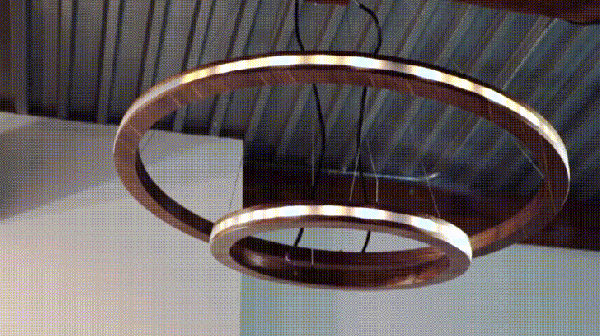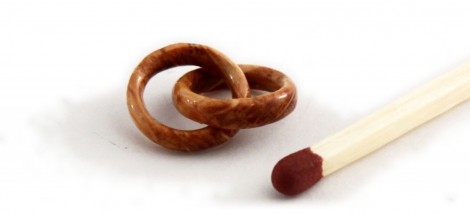[Jennies Garage] found a used and abused inverter based generator in the clearance section of his local home improvement store. The generator had been returned on a warranty claim and was deemed uneconomical to fix. Originally $799, [Jennies Garage] picked it up for just $25. He documented his quest to get the device running with a trio of videos.
The generator had spark, but didn’t want to fire. The only obvious problem was the fact that the machine had been overfilled with oil. There was little or no compression, but that is not uncommon with modern small engines – many of them have a compression release mechanism which makes them easier to start.
With all the obvious problems eliminated, the only thing left to do was tear into the engine and figure out what was wrong. Sure enough, it was a compression issue. The overfull oil condition had forced engine oil up around the piston rings, causing them to stick, and snapping one of the rings. The cylinder bore was still in good shape though, so all the engine needed was a new set of rings.
That’s when the problems started. At first, the manufacturer couldn’t find the rings in their computer system. Then they found them but the rings would take two weeks to ship. [Jennies Garage] isn’t the patient type though. He looked up the piston manufacturer in China. They would be happy to ship him complete pistons – but the minimum order quantity was 5000. Then he started cross-referencing pistons from other engines and found a close match from a 1960’s era 90cc motorcycle. Ironically, it’s easier to obtain piston rings for an old motorcycle than it is to find them for a late model generator.
The Honda rings weren’t perfect – the two compression rings needed to be ground down about 1/2 a millimeter. The oil ring was a bit too thick, but thankfully the original oil ring was still in good shape.
Once the frankenpiston was assembled, it was time to put the repair to the test. [Jennies Garage] reassembled the generator, guessing at the torque specs he didn’t have. The surgery was a complete success. The generator ran perfectly, and lit up the night at the [Jennies Garage] cabin.
If you’re low on gas, no problem. Did you know you can run a generator on soda? Want to keep an eye on your remote generator? Check out this generator monitor project.
Continue reading “Reviving A $25 Generator” →















